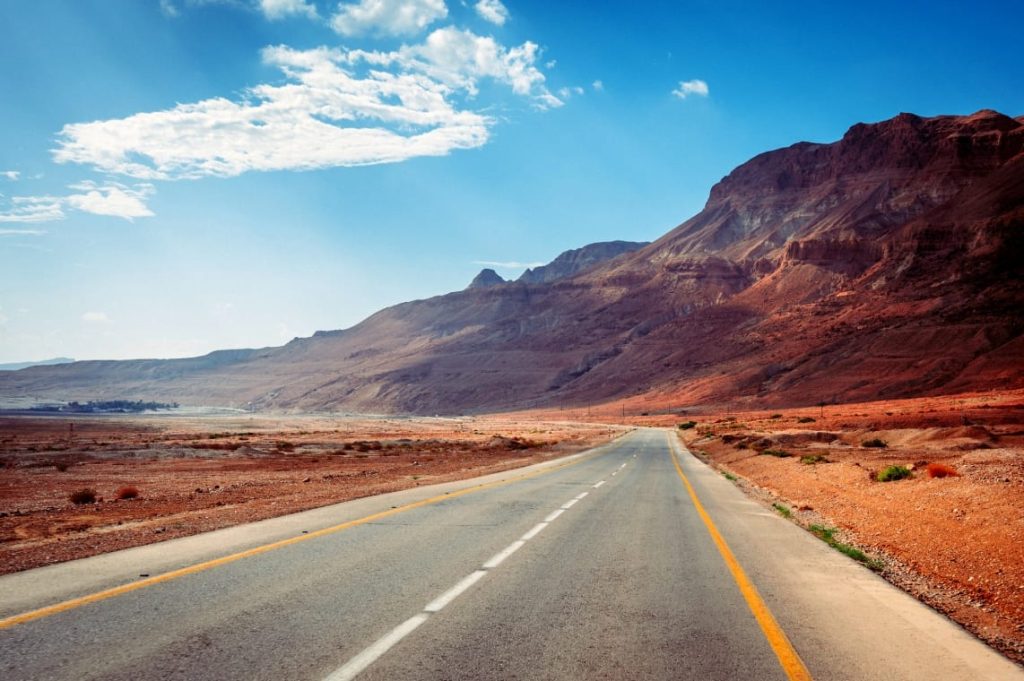Did you know that the Negev Desert is a part of the world desert strip?
But How Did the Negev Become a Desert?
So as I am sure you know, the Negev covers most of Israel, about 60%. But how did the Negev become a desert? First, it is all about the subtropical highs, also known as the Horse Latitudes. Deserts on Earth exist between 30-35 degrees latitude because of warm air, calm winds, and a constant area of high pressure forming in the atmosphere above. So like the Negev, these deserts experience dry and hot conditions year-round and see plenty of sunlight, little wind, and very little precipitation.
The Ultimate Negev Desert Tour

The Negev A World Desert Strip: Let’s Found Out Some More!
The Earth’s weather is a consequence of its illumination by the Sun and the laws of thermodynamics. The atmospheric circulation can be viewed as a heat engine driven by the sun’s energy, whose energy sink ultimately is the blackness of space. The work produced by that engine causes the motion of the masses of air, and in that process, it redistributes the energy absorbed by the Earth’s surface near the tropics to the latitudes nearer the poles and thence to space.
The Ultimate Guide to the Judean Desert

So the Negev being part of the World Desert Strip all got to do with global air circulation. The driving force of atmospheric circulation is the uneven distribution of solar heating across the Earth, which is greatest near the equator and least at the poles. Near the equator, the air masses converge and rise, developing a band of thunderstorms that produce high precipitation.
The descending air is dry after losing most of its water vapor to condensation and precipitation in the upward movement. As the air descends, it produces warm, dry, and sunny conditions in latitudes 30-35 which are the leading cause for the existence of the world’s central non-polar deserts, such as the Negev.

